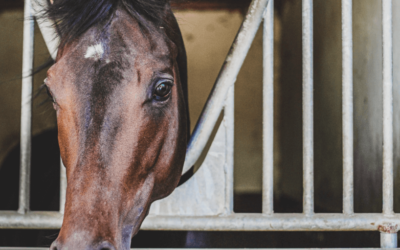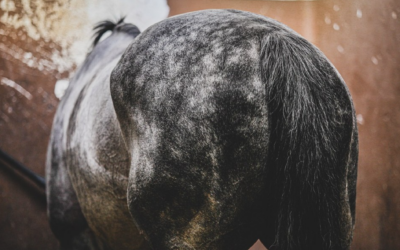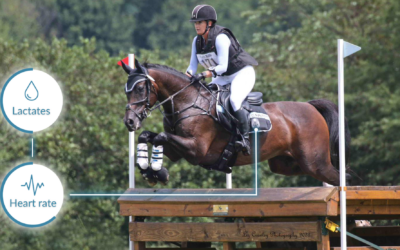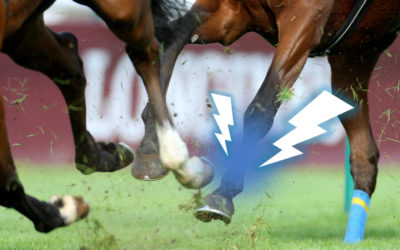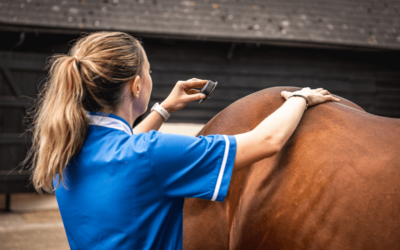EXPLORE
OUR BLOG
Here you will find information about performance and health measurements as well as tips about athlete horse health monitoring, telemedicine cases and equine well-being.

Subscribe to our newsletter
LATEST ARTICLES
ALL ARTICLES
Overtraining and under-performance: early detection
Overtraining is characterized by an imbalance between training activity and recovery periods, resulting in chronic fatigue and impaired performance. Overtraining can result in under-performance and a loss of results for the horse.
Aerobic capacity: how does it impact racehorses?
Aerobic capacity in a racehorse is described as the usage of oxygen to provide the energy required to sustain the activity. To move, a horse must use a combination of metabolic and biochemical processes to generate energy.
The demand for energy in horses is constant, whether it’s to maintain, perform, or develop muscle. Whatever the effort, the horse needs a transfer of chemical energy to respond to mechanical work. To meet this energy demand, numerous metabolisms are activated, and training can help to strengthen these diverse processes.
Atypical equine myopathy
Myopathy is a muscular disease that affects horses. That is mainly associated with the consumption of certain tree species, especially sycamore maples. When horses graze on pastures where these trees are located, they can ingest toxins that damage muscles and cause muscle failure. Usually fatal, this disease can occur at any time of the year, although it is more common in the fall.
Optimising bone repair
Optimising bone repair is central to limiting the risk of injury. Adequate post-injury rest periods are vital to allow the bone structure to regenerate. What are the time markers for rest phases? What type of protocol is most effective? How can monitoring help detect bone fatigue?
Standardised test of effort in athletes horses
The Standardised test of effort is a tool for checking a horse’s state of fitness by characterising his response to a workload. Like all athletes, horses need to be physically and mentally ready before a major sporting event. That’s why it’s worth incorporating this tool for objectively measuring the horse’s various physiological parameters.
Bones response to loading
Between power and fragility, the horse perfectly embodies the expression “colossus with feet of clay”. Find out in this article how the horse’s bones are subjected to repeated mechanical loads that can have a profound impact on his bone health.
Alexis GOURY: his experience with EQUIMETRE
We had the chance to talk to Alexis Goury, an french eventing rider, about his use of EQUIMETRE. Discover, through this discussion, how he trains his horses and integrates the connected sensor into his daily routine.
The future of equine veterinary medicine: how technology is changing the industry?
Equine veterinary medicine is essential to ensure the health and well-being of horses, whether in sport or for leisure. For years, equine medicine professionals have followed well-established care protocols to treat the illnesses and injuries of these athletes.
What effects does training have on the horse’s respiratory system?
The respiratory system’s function is to make use of the oxygen that is freely present in the air we breathe. The horse’s lungs and respiratory system depend on them to operate correctly, not only because of their size but also because of their vital functions. Indeed, the horse must have efficient respiratory capacity if it wishes to sustain the pace of its activity while adequately supplying its body with oxygen and eliminating carbon dioxide.
.



